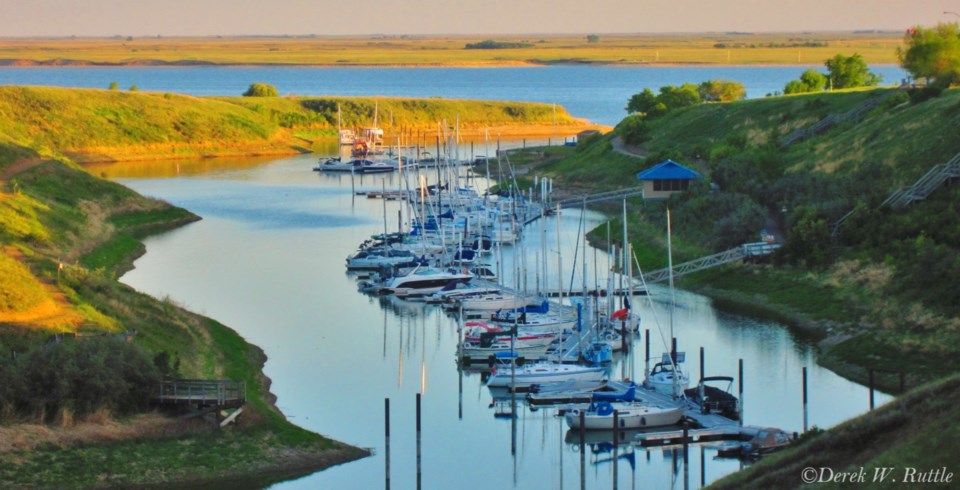ASSINIBOIA — In a December media release on the Government of Saskatchewan’s website, it reported the Water Security Agency’s report on a summarization of conditions during late fall/early winter period.
While conditions are still below normal, the WSA reported that conditions have improved over last year.
“Current conditions, in combination with the winter snowpack, become the initial conditions for the spring snowmelt runoff. This report gives an early indication of areas that are more vulnerable to potentially above or below-normal runoff during the spring period. It is important to note that this report is not a spring runoff report. Conditions can change quickly with timely spring rains or significant amounts of snow throughout the season.”
This report released mid-December notes that despite the general low snowmelt runoff in spring 2024, May and June rains resulted in most large water supply reservoirs being near or at normal levels throughout the year and they remain this way moving into the winter.
This release also stated, “With the dry two months leading up to freeze-up, most of central, northern and southeastern Saskatchewan went into freeze-up with drier than normal soil moisture conditions. Two snowstorms occurred mid-November that brought 10 to 80 cm of snow to Saskatchewan, with east central regions receiving the most snow.
This snowfall could result in two outcomes:
Insulating the soil and reducing frost penetration, increases infiltration in the spring, which may reduce runoff.
Creating frozen topsoil due to partial melting and refreezing, reducing infiltration and increasing runoff.
WSA will continue to monitor conditions throughout the 2024-25 winter. Beginning in early February, Spring Runoff Outlooks will be released on www.wsask.ca.




